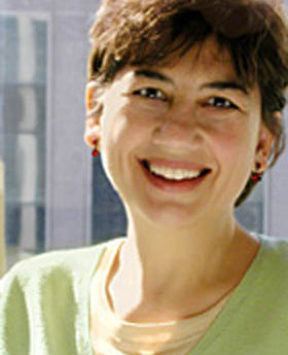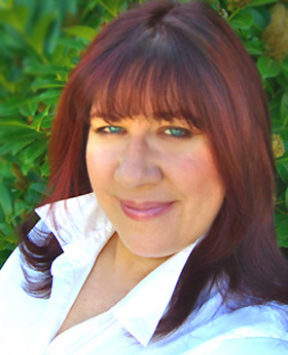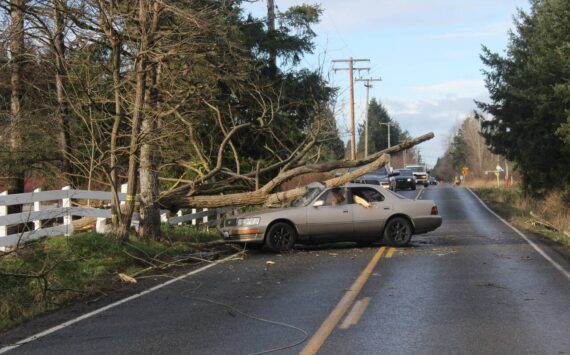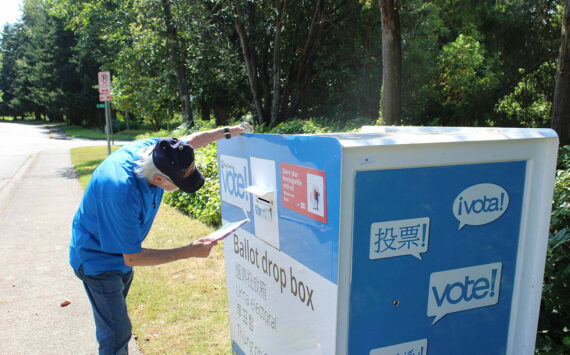Broadband connectivity over power lines has been in development for years with the promise of easy and convenient Internet access. A recent announcement this month proclaimed the first large-scale deployment of broadband over power line (BPL) technology to millions of Cinergy power customers in Ohio, Indiana and Kentucky.
Luke Stewart, CEO of Media Fusions HyperWires.com thinks broadband over power lines is an idea whose time has come. The goal is to enable everyday net users access to the Internet simply by plugging their Internet appliance, laptop, media center or desktop PC into an electrical outlet in their house and get cable and DSL speeds.
BPL is not without its detractors. A member of the National Association of Amateur Radio e-mailed me a few days after my interview with Stewart was broadcast on the radio. He said, The negative aspects of power line broadband are potential interference problems.
The Amateur Radio Relay League CEO David Sumner posted this on their organizations Website: Any listing of the pros and cons of using power lines to deliver broadband services must mention its major disadvantage: It pollutes the radio spectrum, interfering with nearby radio receivers. The frequencies in question are used by public safety agencies, the military, aeronautical and maritime services, broadcasters, radio astronomers, radio amateurs, and others.
Stewart took a few minutes to elaborate on the new BPL development.
Q: Broadband over power lines has been in development for many years. Give us a little description of what the technology does and how it works.
Stewart: Inductive couplers are used to put a signal onto the actual electrical wire that generally brings power to your home. These couplers are excited in such a way as to put a signal in parallel streaming with your electricity, carrying either content or opening a channel for communication much like your home phone line would. Many of the companies use different coupling and encoding technology, but it all does basically the same thing where you have the coupler that puts the signal on the wire, then you have a set of repeaters that carries the signal for some distance and then you have something that looks like a plug that goes into your outlet that you can plug your computer into and get Internet capability.
Q: Its a cool idea to plug in your laptop to any outlet in your house and get on the Internet. What type of hardware do you have to have in order to make that connection happen in your home?
Stewart: You just need to have the modem and you need to be in the service area where one of the BPL providers has put it on the grid.
Q: Why will broadband over power lines catch on in the marketplace where we already have DSL and cable and growing wireless access? What differentiates BPL so it can compete, or will it just be a complementary technology?
Stewart: I would like the ease of going to any place in my home or large building and access my own electronic data spaces by moving from plug to plug or by putting any number of people online by plugging them in. Its a very novel notion.
Besides the convenience, look at the way technology has improved. For instance, when the cellular business first came out, it had spotty services, dropped calls and not very good coverage. Now you have nationwide coverage. The wireless industry has proved to be very robust.
In the beginning, BPL may look similar because it may only appear in certain areas. But as the technology is more integrated within the electrical systems, not only will the technology become more robust and available at lower costs, but the acceleration of putting content to your home through the wall outlet will occur in parallel.
Q: Is this option a threat to the Baby Bells and ISP providers?
Stewart: The two things that drive the industry are costs and consumer confidence. If the phone companies decided it would make more sense to incorporate additional technologies including broadband over power lines, I dont think they would find it such a threat. When you try to segregate your technology and force the federal government to go under deregulation and special regulatory practices, that sets the stage that threatens those entities far worse than any new technology. From the consumers point of view, any way he can get services that are cheaper and more reliable is a benefit to him. The battlefield isnt really between technology issues, but business practice issues.
Q: One of the concepts that your company is pushing is what youre referring to as a hybrid version. It uses existing optical fiber networks in conjunction with power lines?
Stewart: Absolutely. We know a lot of utilities not only have electrical infrastructures but have large amounts of fiber that are pulled in various service territories. In order to bring speedier access – or hyper access, as we like to talk about it – a customer would be able to take advantage of both the current technology of DSL speeds and, by putting this link with the fiber to the first injection where you put your signals on the wire to the home, you open up the back end for interoperability – we call it making it upward compatible – so you can now start delivering other types of content because you have a fiber connection point directly to it. We think thats the best scenario. We think people are really going to like getting 450 channels out of the wall plug!
Q: Sounds great.What can we do to encourage this next up?
Stewart: Talk to your local power coordinators. Maybe talk to people in the utility industry. Its certainly good to let the FCC and your local representatives, Senators and Congressman know that there is an interest because all the effort translates to grass root changes. I always think about all the consumers who get this ability to move around in their home to get Internet access, but its also really neat that schools get the capability to let everybody plug in wherever they want. Hospitals and other large structures can benefit a great deal as well.
Information about broadband over power lines is available at www.hyperwires.com. For more conversation with Luke Stewart, the full interview is available at WebTalkRadio.com.
Dana Greenlee is co-host/producer of the WebTalkGuys Radio Show, a Tacoma-based radio and Webcast show featuring technology news and interviews.
WebTalkGuys Radio
This Saturdays WebTalk Radio will feature tips on handling e-mail spam and virus protection with Josh Mailman of Everyone.net. Also, TV tech analyst Frank Catalano will unveil the dirty little secrets of blogging. WebTalk Radio is heard at 11 a.m. Saturday on KLAY-AM (1180) and 10 p.m. Tuesday on KVTI-FM (90.9).






